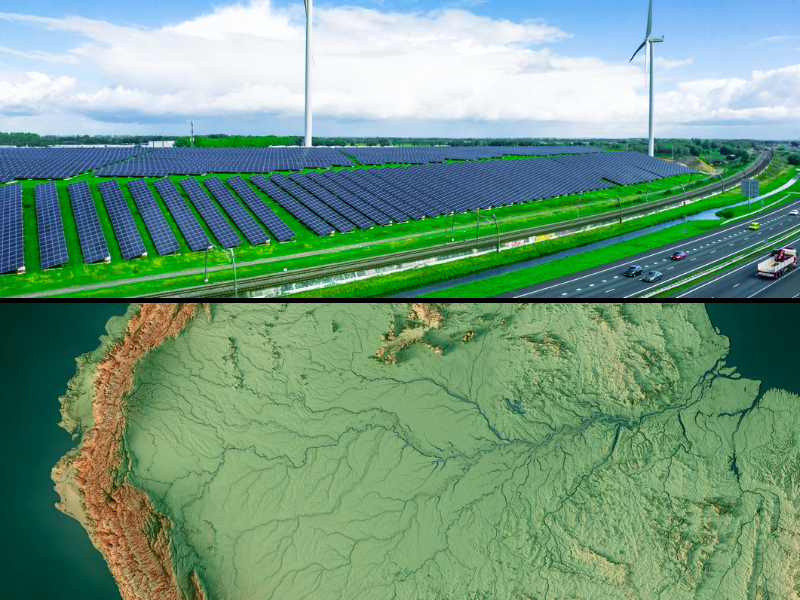Greater Las Vegas, the nation’s fastest growing metropolis, would suffer dire economic consequences if anti-growth activists succeed in restricting future growth, according to a study commissioned by the Southern Nevada Water Authority (SNWA).
The report, presented February 26 by Hobbs, Ong & Associates, confirmed a similar study commissioned by SNWA and conducted in 1992 by William T. White Associates. The White study had determined, “Additional water supplies for Las Vegas are essential to a high quality future, not only for Las Vegas but also for the rest of the state of Nevada, including especially the areas from which the now unused water is proposed to be taken.”
According to the new Hobbs, Ong & Associates study, government efforts to stop or even slow future growth would severely damage the greater Las Vegas construction industry and the many industries that supply construction projects.
“There is a ripple effect,” said Jeremy Aguero, principal analyst for Applied Analysis, which participated in the study. “The industries aren’t separate. They do cross over.”
The construction industry employs roughly 10 percent of the Nevada workforce, notes the study, with the percentage rising to 17 percent–roughly 157,000 people–when construction-related industries are taken into account.
According to the study, imposing anti-growth policies on greater Las Vegas would result in rising unemployment, declining production, lost tax revenues, declining personal income, and increases in poverty, crime, and demand for government services.
One proposal favored among anti-growth activists–which would result in a 65 percent drop in residential construction as a means of combating growth–would be followed by 10 full years of economic downturn, causing 1.3 million person-years of increased unemployment, according to the study. In addition to unemployment, the anti-growth proposal would cost $148 billion in lost economic output and $15 billion in lost tax revenue.
Henderson City Councilwoman Amanda Cyphers said the study cleared up some confusion she and some of her constituents had regarding anti-growth activists’ claims that restricting growth would create economic and water conservation benefits.
“They’re not related,” said Cyphers after viewing the study. “They’ve always been separate. This report shows there’s a whole domino effect that could happen if we decide to tamper with our growth.”
Cyphers emphasized future water needs can be better met by developing currently untapped sources such as the Virgin and Muddy rivers and from regional groundwater sources.
“There’s not a shortage of water,” Cyphers said. “But we’re still in a drought and we still need to use our water wisely. In the future, the biggest factor on our water supply won’t be about whether we have water, but what will it cost.”
James M. Taylor is managing editor of Environment & Climate News. His email address is [email protected].
For more information …
The executive summary of the Hobbs, Ong & Associates report can be downloaded from the Southern Nevada Water Authority’s Web site at http://www.snwa.com/html/news_economic_impact.html. A CD containing the full text of the 650-page report can be ordered.




